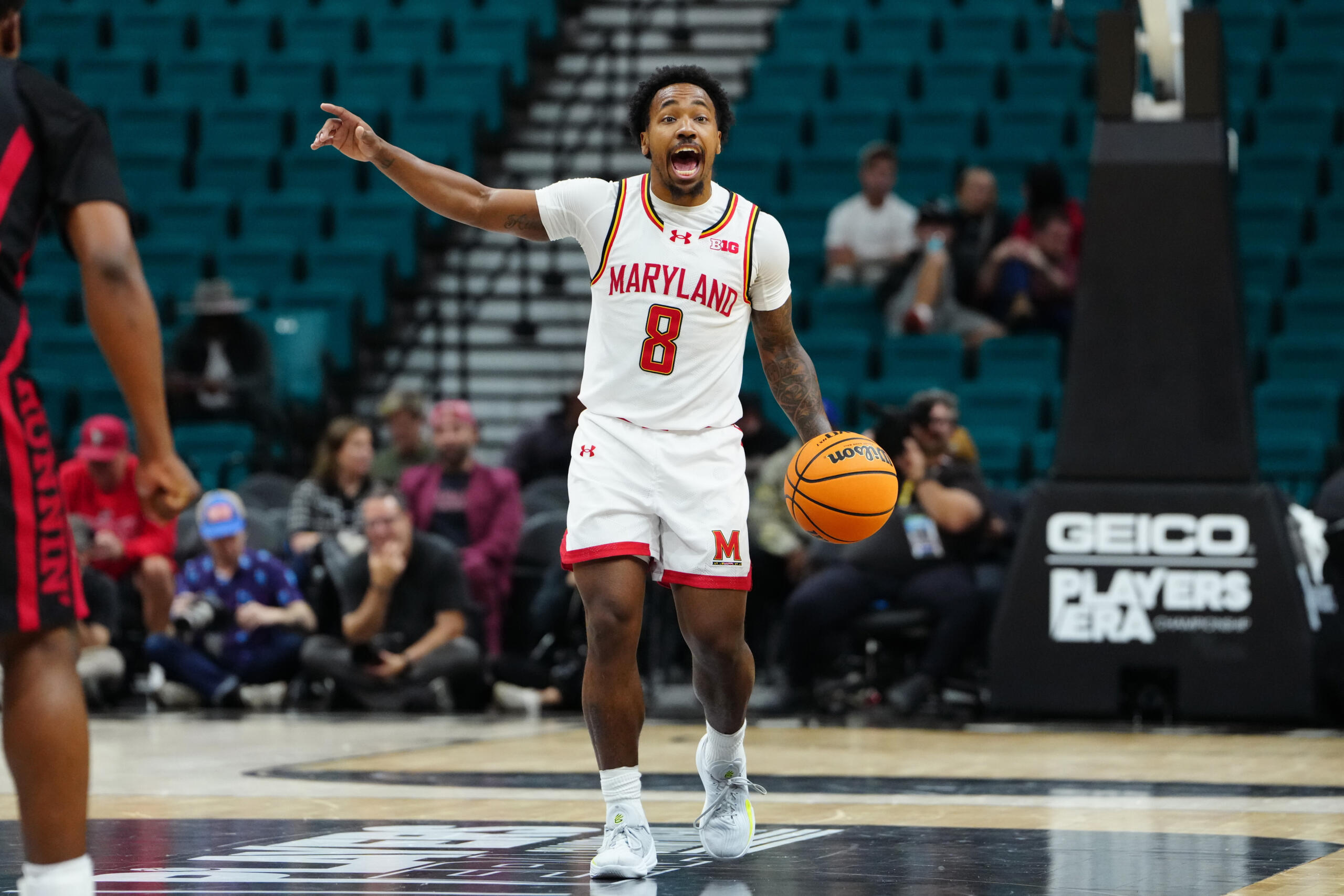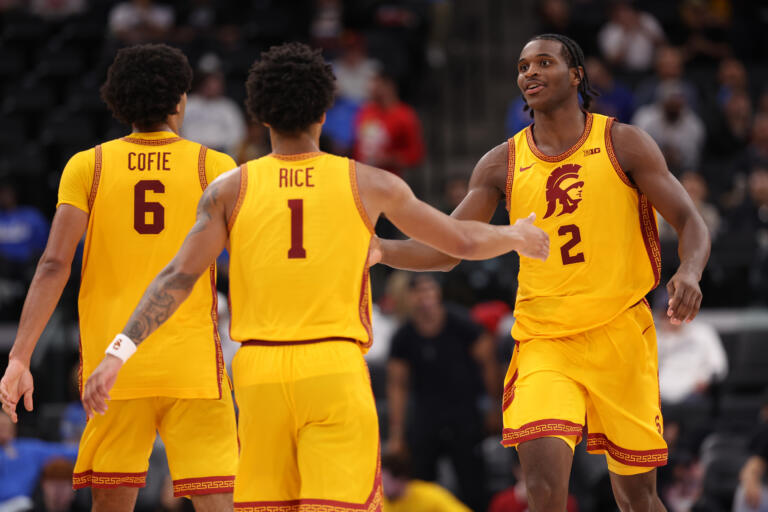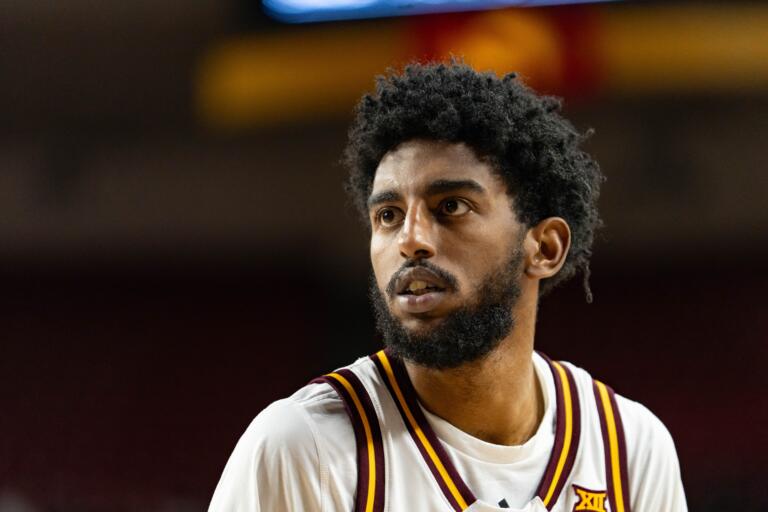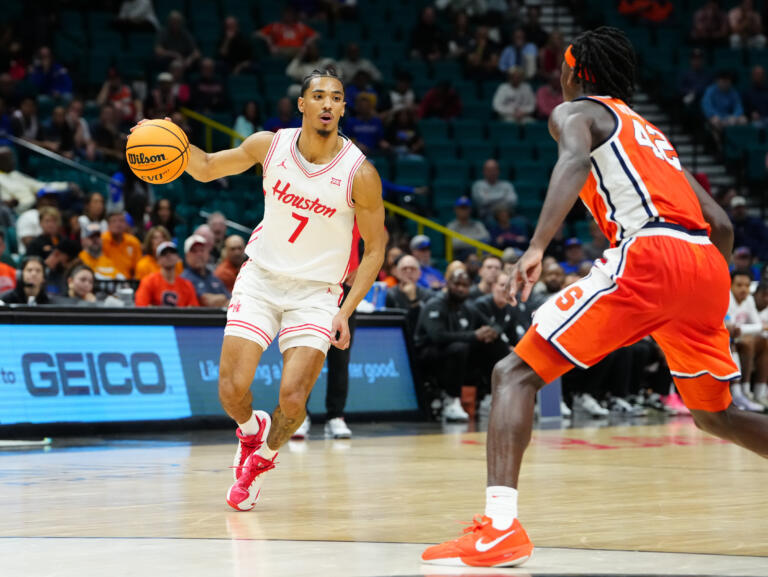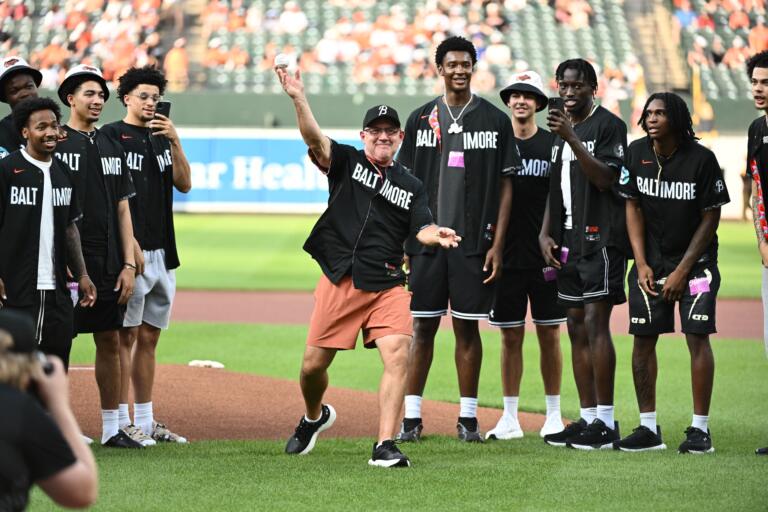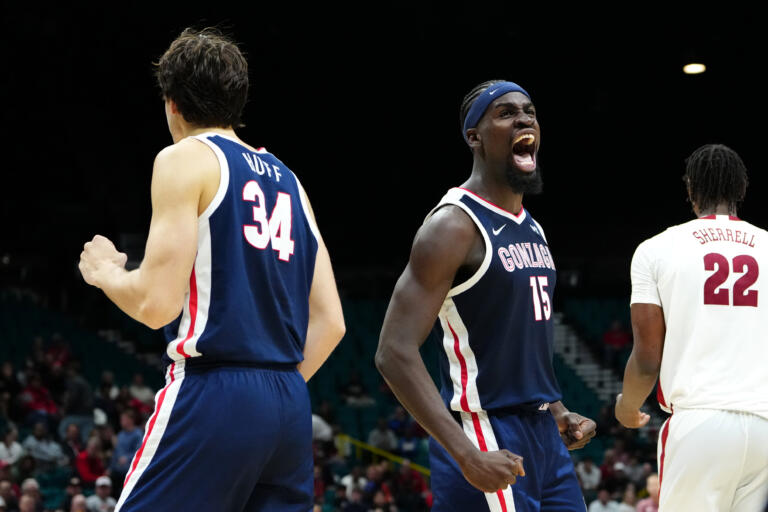LAS VEGAS — If the Player’s Era Festival was supposed to be the shiny new jewel of Feast Week, then college basketball just discovered cubic zirconia. And not the good kind — the kind you get from a gas station display case next to scratch-offs and beef jerky.
Let’s be clear right off the top: the basketball itself was fine. The players showed up. The coaches coached. The teams cared. Alabama, Gonzaga, Maryland, UNLV — they all played real, competitive late-night ball in November, the kind of matchups hoop-heads salivate over.
But everything around the games?
A soulless, corporate, neon-lit homage to everything fans don’t want from college basketball.
This wasn’t Feast Week.
This wasn’t Maui, or Atlantis, or an Anchorage barn with wooden bleachers and 2,500 rabid fans screaming like they found salvation.
This was a money grab disguised as a tournament, built for hedge funds and ad clients, not the people who actually made Feast Week what it is.
And the worst part? They didn’t even try to hide it.
The Empty Gym That Told the Truth
The gym — if you can even call it that — looked like someone took a mid-major arena, multiplied it by five and forgot to invite the public. Rows and rows of black chairs, perfectly aligned, depressingly unoccupied.
A cavern of silence between every whistle.
A crowd that would’ve been considered “light” for a Tuesday night women’s preseason scrimmage.
Feast Week was built — literally built — on intimate environments.
The Lahaina Civic Center, where 2,400 fans created noise levels strong enough to shake the ESPN boom mic.
The Bahamas ballroom so tight you could smell the humidity and the defensive rotations.
The Great Alaska Shootout, where the charm was that everyone felt slightly confused and jet-lagged.
The Player’s Era Festival had none of that.
You could hear individual conversations on the broadcast. You could hear coughs. You could hear the ball echo.
There are middle-school Christmas concerts with more juice.
The Floor Looked Like Elton Sawyer’s NASCAR Bumper
The court — God help us all — was so covered in ads and promos that the basketball itself felt like the side quest. Gambling logos, betting-lines integration, corporate branding, QR codes, slogans, and a giant floor decal the size of a small continent.
It looked like someone printed the Times Square Jumbotron onto hardwood.
And yes, we all know the sport is knee-deep in 2025’s gambling boom. But the presentation here crossed into parody, making even Adam Silver’s NBA look tame. At one point the over/under and live spread nearly felt more prominently placed than the free-throw lane.
Feast Week used to be about weird gyms, wild upsets, and late-night magic.
Now it’s “please enjoy this branded content experience” backed by venture capital.
Ticket Prices for Who, Exactly?
Empty seats are one thing.
Empty seats while tickets cost more than flights to Maui is another.
This event priced itself like it was selling Super Bowl club access while delivering the ambiance of a Wednesday morning AAU pool play game. For all the talk of “growing the game,” nothing says “we hate fans” like an arena for 10,000 and selling tickets at $300 a pop.
Feast Week was for the diehards — the degenerates who will watch Mississippi State and Saint Mary’s at 11:40 p.m. local time just because it’s college basketball.
This?
This was a vacation for influencers and corporate partners masquerading as a tournament.
The Broadcast Was… Something
The TV broadcast was less “here’s high-level basketball” and more “what if we combined a startup pitch meeting with live sports and prayed viewers wouldn’t notice?”
Awkward transitions.
Segments that felt like beta tests.
Graphics that looked like they were spit out of an AI that was told “Vegas, but make it corporate.”
The only saving grace was TNT’s studio crew, because that team could analyze a toaster oven and make it entertaining.
But a good desk can’t fix a bad event.
Feast Week Deserves Better
Feast Week is a sacred tradition for those of us who treat college basketball like religion.
It’s supposed to be warm, chaotic, joyful, and intimate.
It’s supposed to have charm — too much charm, sometimes.
It’s supposed to remind you why November basketball matters.
Instead, the Player’s Era Festival delivered an aesthetic closer to a cryptocurrency convention than a sporting event. Cold. Loud. Empty. Expensive. Over-designed. Bewildering.
It was the Fyre Fest of Feast Week, minus the documentary deal and the cheese sandwiches. The same vibe of overpromise, underdeliver, and “wait… this is it?” written all over every possession.
Sure, the idea was interesting on paper. Big-name programs. Vegas. A chance to modernize.
But in practice?
It was everything Feast Week was built against.
This wasn’t Maui.
This wasn’t Atlantis.
This wasn’t even the old Great Alaska Shootout.
This was Feast Week stripped of its soul and replaced with a QR code and a six-figure branding deck.
Time to Kill the Concept
College basketball has survived realignment, NIL shockwaves, one-and-done cycles, and the portal. It will survive this, too. But it won’t survive if it keeps selling itself to the highest bidder without protecting the traditions that actually matter.
The Player’s Era Festival isn’t the future.
It’s the warning sign.
Small gyms matter.
Atmosphere matters.
Fans matter.
College basketball culture matters.
This event didn’t understand a single thing about any of that.
And if Feast Week becomes just another corporate product built for executives instead of fans, then we’ll look back on tournaments like this one — in this hollow Vegas gym, with prices no real fan could pay — as the moment we all should’ve said “no.”
So here it is:
No.
Kill the event.
Send Feast Week back to the islands, the ballrooms, the bandboxes, the cozy chaos.
Give us noise.
Give us passion.
Give us the magic again.
Because what happened here in Vegas wasn’t a proper college basketball tournament.
It was a brand activation dressed as one.
And college hoops deserves infinitely better than that. The player’s and fans do, too.


